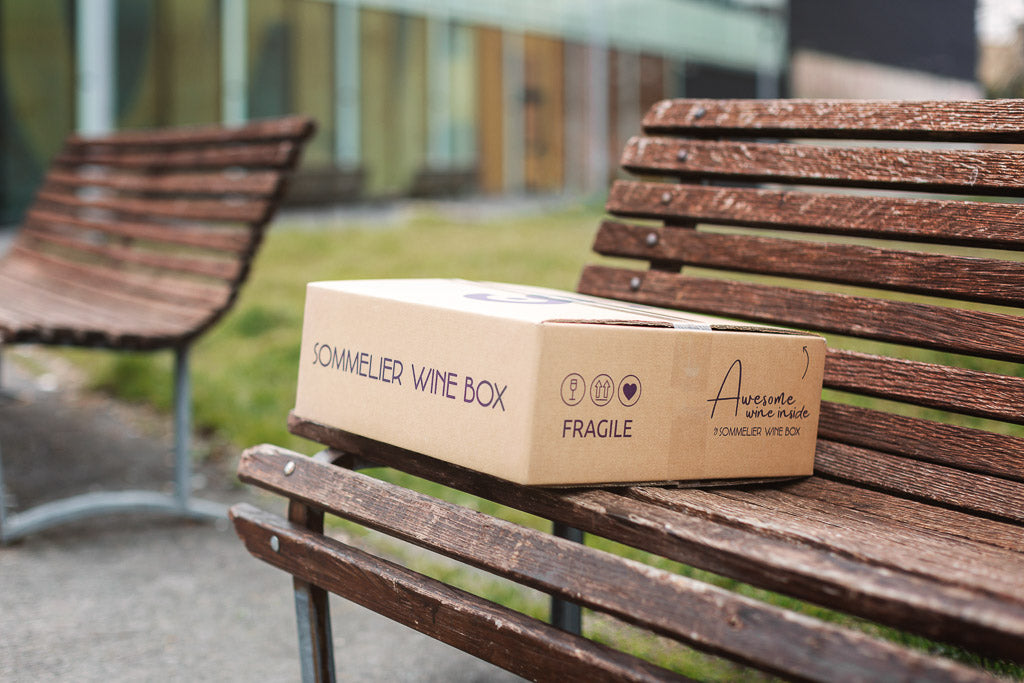PAI (Intense Aromatic Persistence), after-olfactory sensations, end of the mouth, finish, long, short, medium persistent wine... what is meant by persistence and how to evaluate it? Let's clarify a technical aspect of tasting which is a bit of an obsession among sommeliers but is important to know.
Let's clarify the persistence of wine, which as we will understand is one of the reasons why professionals are able to evaluate a wine even without swallowing it.
What is meant by persistence in wine?
By persistence of a wine we mean how long its flavors and aromas remain in the mouth after swallowing (or spitting out) : it therefore concerns the taste-olfactory sensations perceived for a certain period of time after tasting. And be careful: we are referring to intact, perfectly perceptible flavors and aromas.
What accounts for the persistence of a wine?
The persistence of a wine is due to the fact that when it comes into contact with our body it undergoes an increase in temperature, which determines the volatility of various molecules.
What are the technical values of persistence?
Persistence in wine is technically called PAI by sommeliers, an acronym that stands for Intense Aromatic Persistence . The rating scale varies according to the various sommelier associations. In any case, persistence is measured in seconds and generally falls into these descriptors:
- a very persistent wine leaves sensations in the mouth for a long time (over 10 seconds): this is a characteristic of wines with excellent structure and complexity ;
- a persistent wine leaves sensations in the mouth of excellent length (between 7 and 10 seconds): it is characteristic of wines with good structure and complexity ;
- a wine is quite persistent if it leaves sensations for approximately 4 to 7 seconds: typical of medium-bodied wines ;
- a wine is not very persistent if it leaves sensations for a short time, between 2 and 4 seconds: this is a characteristic of simple wines ;
- finally, a wine is short if after swallowing it leaves aroma and taste for less than 2 seconds: this tends to be a flaw .
For those who don't do this job but consciously enjoy excellent glasses, it will be enough to remember the two extremes ("very" or "not very persistent"): everything in between is simply "persistent".
- Read also: never again a silent scene when smelling a wine
How important is it for a wine to be persistent?
Persistence is an important aspect for the technical evaluation of wine but it must be put in context . Persistence is evaluated based on the wine in front of you, to understand first of all if that bottle "wants" to offer a long and persistent sip. In fact, it could also have characteristics of simplicity and drinkability which are coherently accompanied by a contained persistence.
The key is precisely the balance between the characteristics of the wine.
- Read also: all the tricks for tasting like a sommelier
How do you evaluate persistence?
To evaluate the persistence of the wine after swallowing it (or spitting it into the spittoon, for those who do it...), you need to "chew" the air in your mouth and evaluate whether the aromas remain or whether they disappear immediately. Sommeliers literally count the seconds in which they still feel the flavors of the wine, intact.
Bonus: persistence in the bubbles
The concept of aromatic persistence should not be confused with that of the persistence of bubbles in sparkling wines, which instead concerns visual analysis and is understood as the continuity and speed of the chains of bubbles .




